| Type of Chili Powder | Flavor Profile | Heat Level | Best Uses |
|---|---|---|---|
| Pasilla Powder | Earthy, smoky, slightly sweet | Mild | Mole sauces, stews, soups, enchilada fillings |
| Ancho Powder | Sweet, fruity, chocolatey | Mild | Rub for meats, salsas, adobo sauces |
| Cayenne Powder | Sharp, fiery | Hot | Spicy marinades, dips, hot sauces |
What is Pasilla Powder?
Pasilla powder is a spice made from dried pasilla chilies (chilaca peppers), known for its deep smoky flavor, mild heat (1,000-2,500 Scoville units), and raisin-like aroma. It's a staple in authentic Mexican cuisine, particularly in mole sauces, stews, and braised dishes. Unlike generic "chili powder" blends, pasilla powder delivers pure, nuanced flavor without added spices like cumin or garlic.
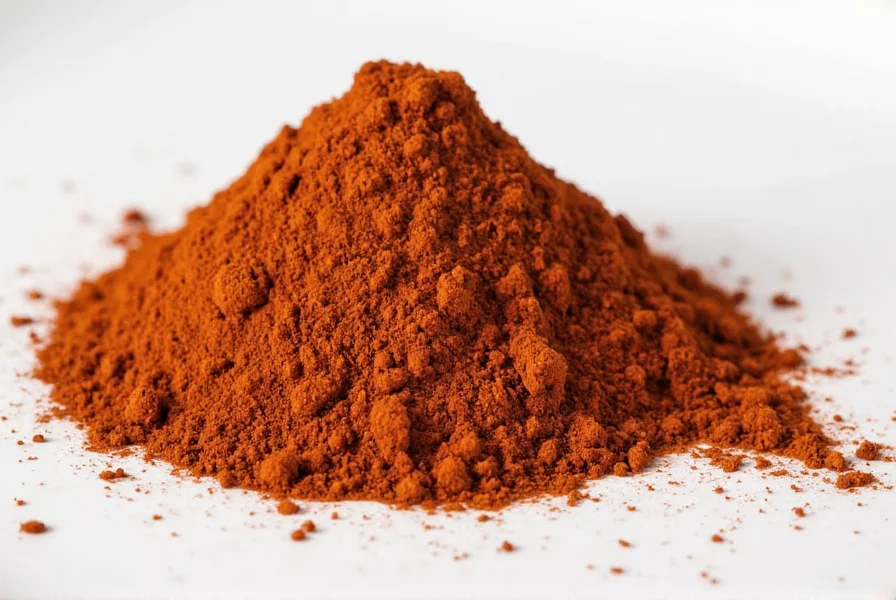
How to Use Pasilla Powder in Cooking
Pasilla powder enhances dishes without overwhelming them. Here are professional techniques:
- Mole Sauce Base: Toast 1-2 tsp powder with cacao, nuts, and spices for complex mole
- Meat Rubs: Mix with smoked paprika, garlic powder, and cumin for grilled meats
- Vegetable Enhancement: Sprinkle over roasted sweet potatoes or carrots before baking
- Soup & Stew Depth: Add 1/2 tsp to bean soups or chili for earthy undertones
Buying Guide: How to Choose Authentic Pasilla Powder
- Color Check: Genuine pasilla powder has deep burgundy-brown hue (not bright red or pale brown)
- Aroma Test: Should smell like dried fruit and smoke, not musty or stale
- Grind Quality: Fine texture for smooth sauces; avoid coarse or gritty powders
- Source: Look for Mexican brands like La Costena or specialty spice retailers with traceable sourcing
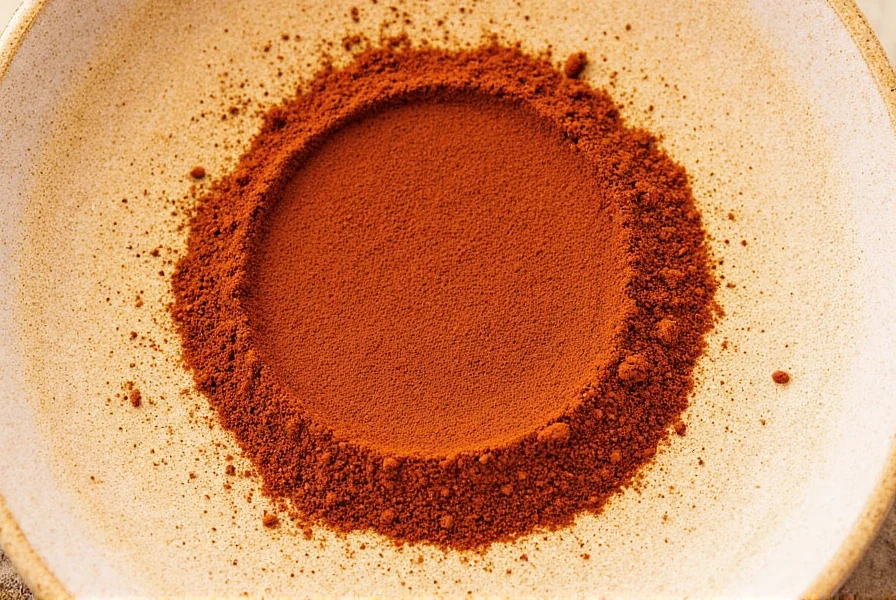
Frequently Asked Questions
What is pasilla powder made from?
Pasilla powder is made from dried pasilla chilies (chilaca peppers), which are a variety of Capsicum annuum. The name "pasilla" means "little raisin" in Spanish, referring to its dried fruit-like aroma. It's not made from black pepper or other chilies.
Can I substitute pasilla powder with regular chili powder?
No. Regular chili powder is a blend of spices (usually cumin, garlic, oregano, and cayenne), while pasilla powder is pure dried chile. For authentic Mexican recipes, use ancho powder + 1/4 tsp smoked paprika as a closer substitute.
How does pasilla powder differ from ancho powder?
Pasilla powder (from chilaca peppers) has deeper smokiness and earthiness, while ancho powder (from poblano peppers) is sweeter with chocolate notes. Pasilla is better for mole sauces, while ancho works well in adobo and rubs.
Does pasilla powder expire?
Yes. Properly stored in an airtight container away from light, it maintains peak flavor for 6-12 months. After that, it loses aromatic complexity but remains safe to use. Always check for freshness by smell - if it lacks its signature smoky-raisin aroma, replace it.
Pro Tips for Maximum Flavor
- Toasting Technique: Dry-toast in a skillet for 30 seconds before adding to recipes to release oils
- Pairing Secrets: Balance smokiness with citrus (lime juice) or sweetness (honey) in sauces
- Storage Hack: Keep in freezer to preserve freshness longer than room temperature storage
- Measurement Guide: Start with 1/4 tsp per serving for subtle flavor; increase to 1 tsp for bold dishes
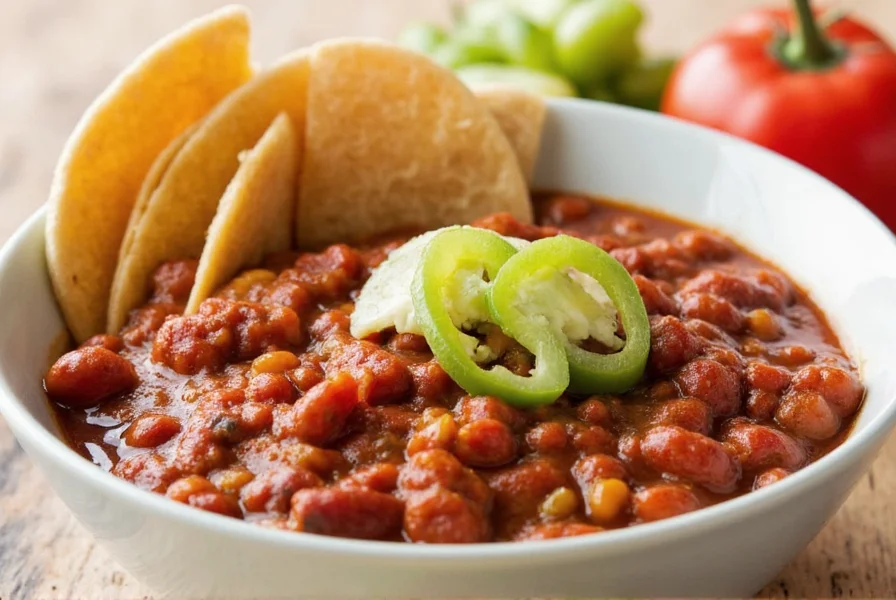
Health Benefits & Safety
Pasilla powder contains capsaicin, which studies show may support metabolism and reduce inflammation (NIH research). It's also rich in vitamin C and antioxidants. However, those with sensitive digestion should start with small amounts. Unlike cayenne, pasilla's mild heat makes it suitable for most palates.
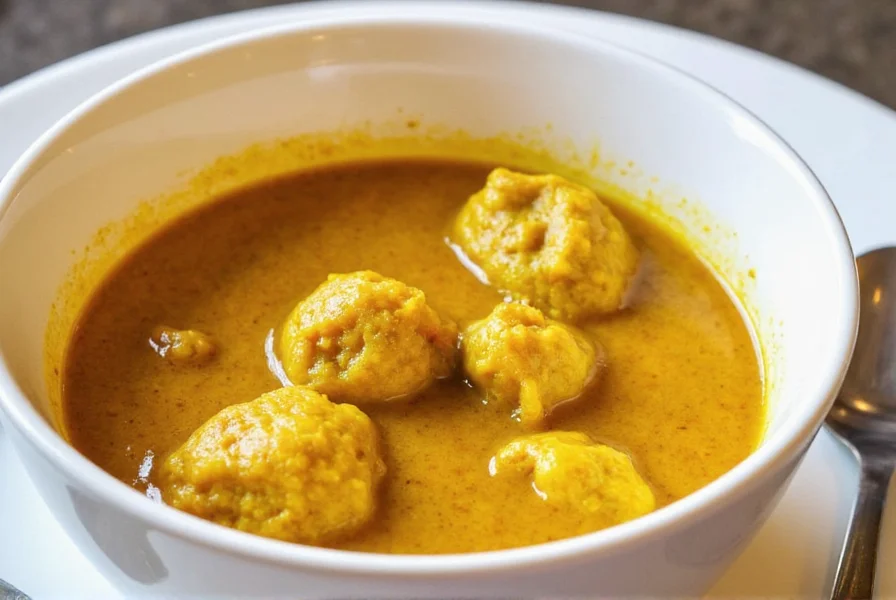

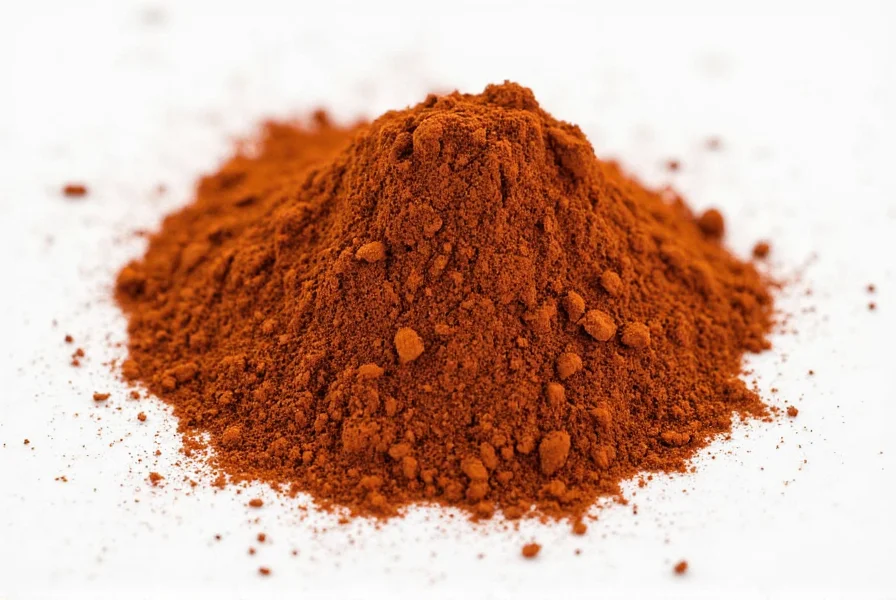









 浙公网安备
33010002000092号
浙公网安备
33010002000092号 浙B2-20120091-4
浙B2-20120091-4